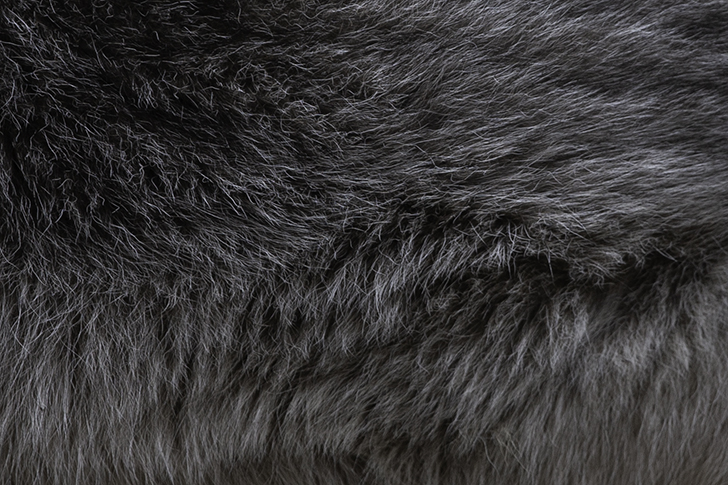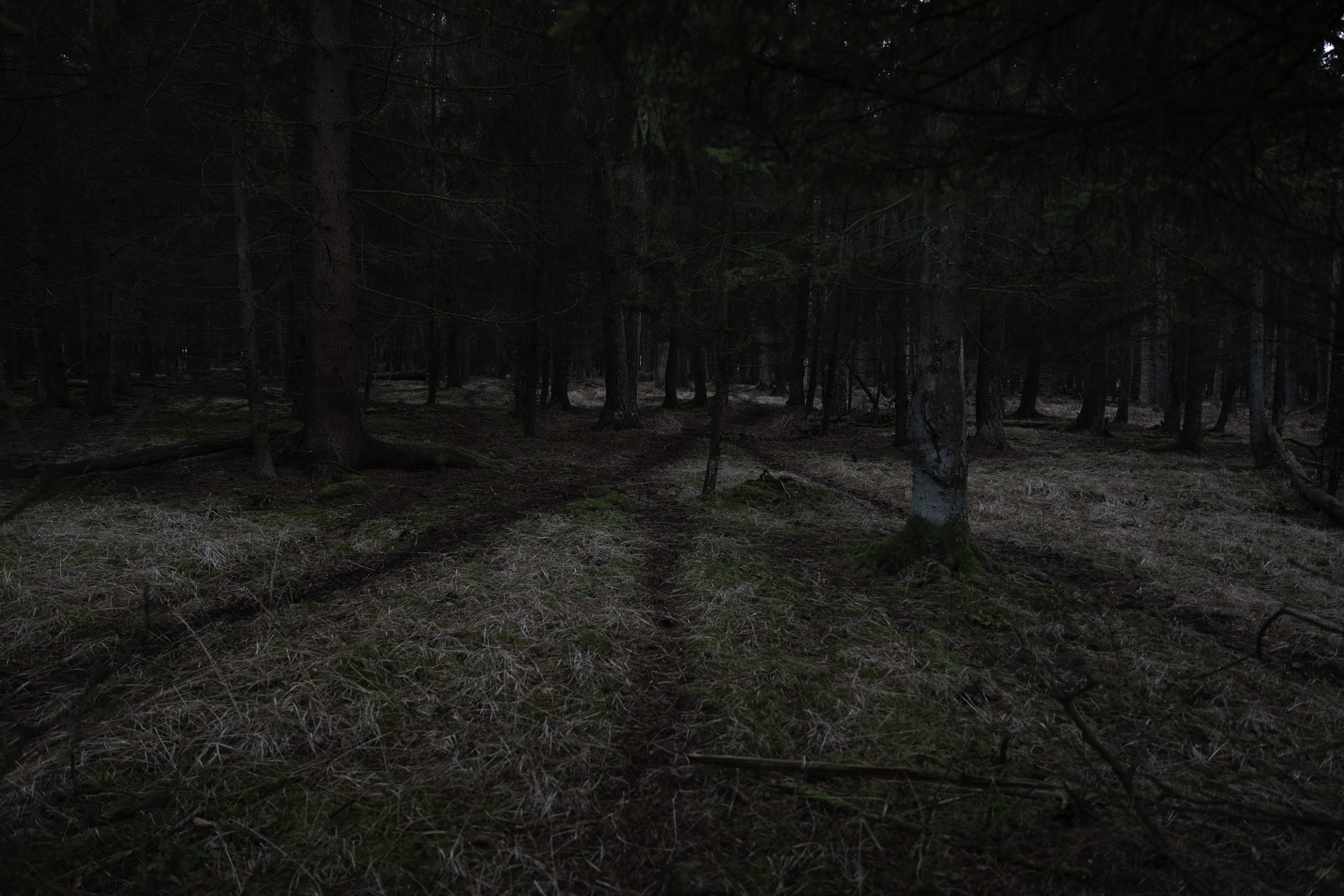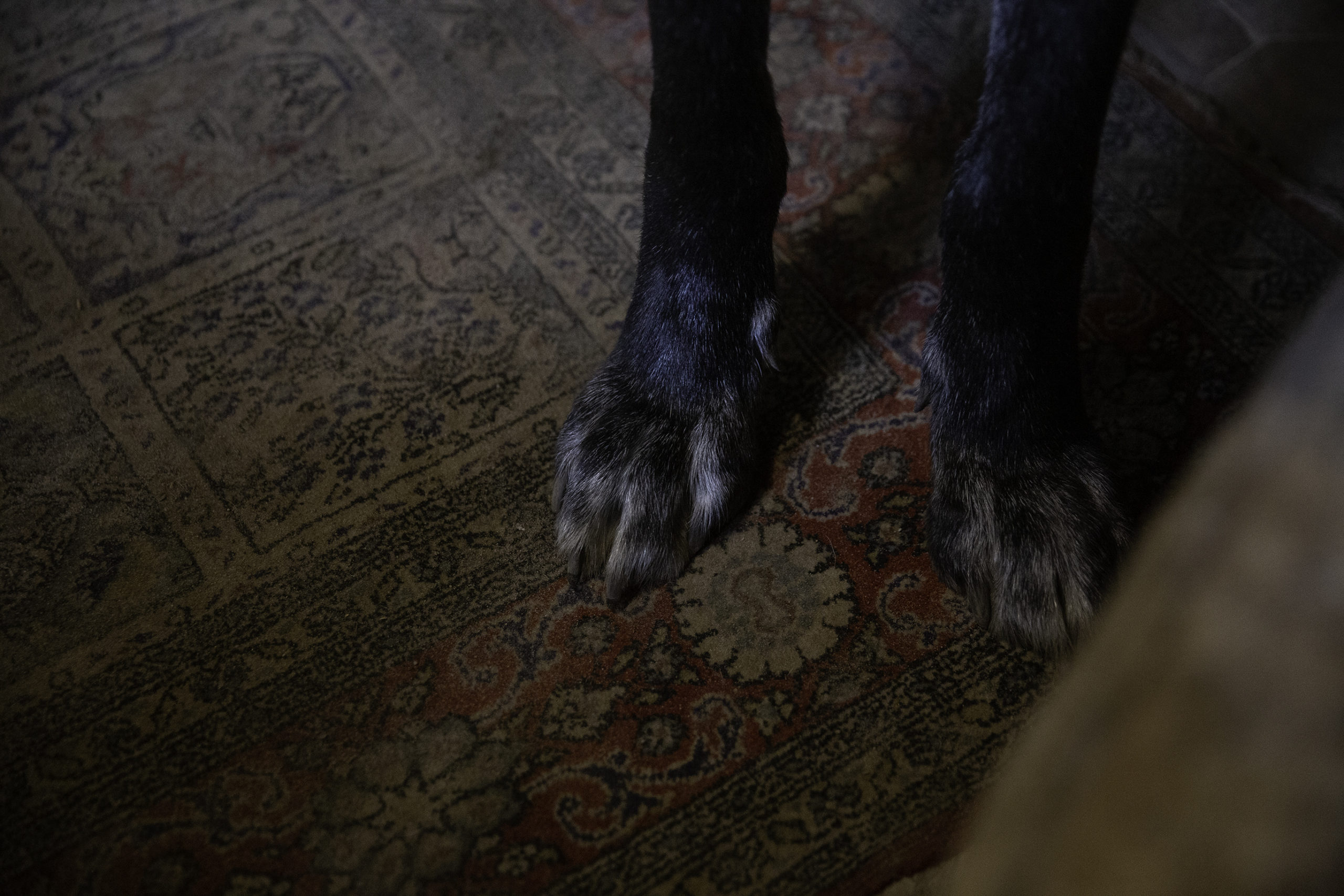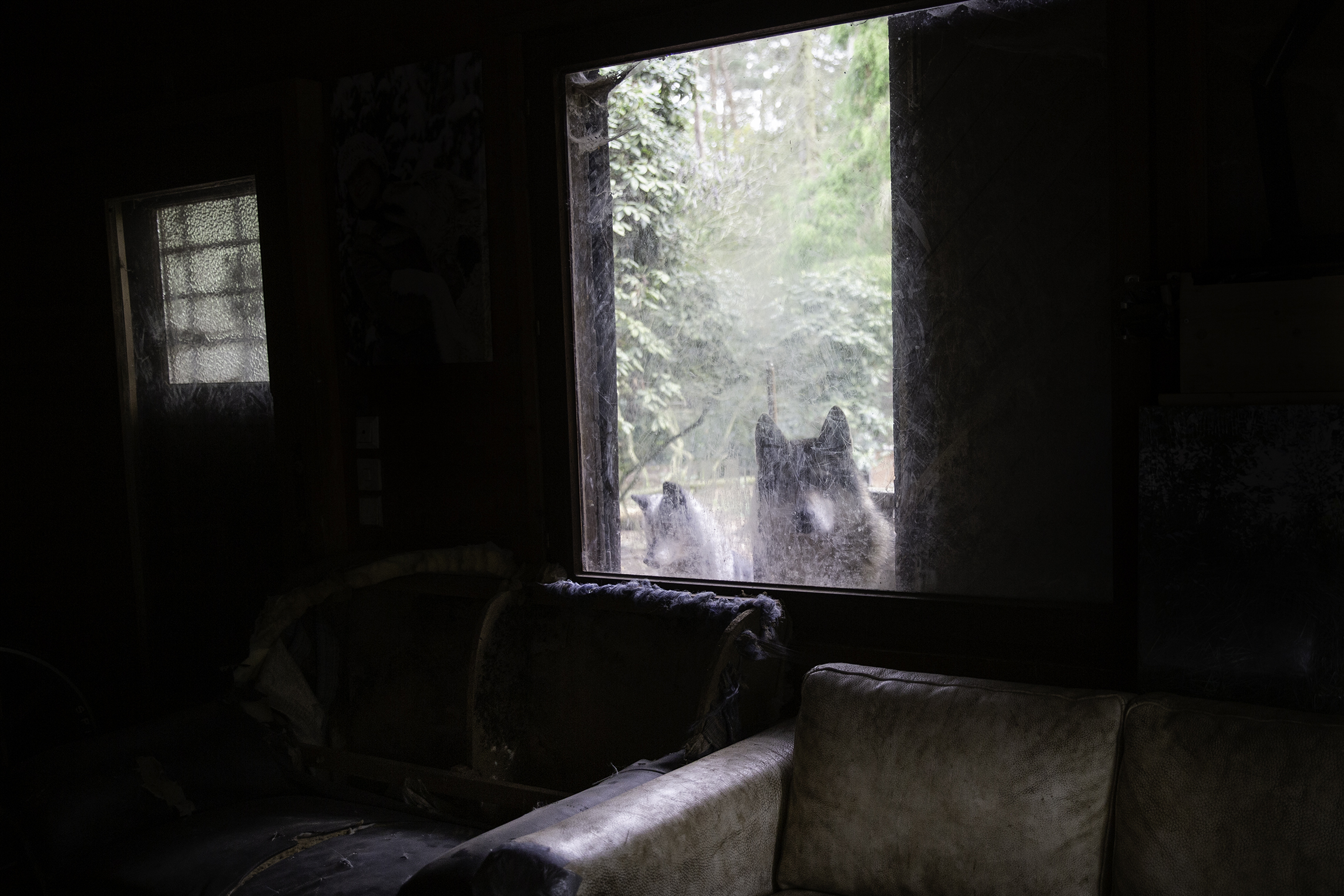GRIMA (2022)
Gray fur, yellow-brown eyes, sharp-edged teeth – only a few have ever seen him in the wild: the wolf. But wherever he appears, most people feel a diffuse uneasiness. But where does this vague fear come from?
Our ancestors from the Old Stone Age moved as hunters and gatherers through the world. Like humans, wolves also hunted in groups and were regarded as a spiritual role model. Humans and wolves lived side by side in the same biological niche. Their coexistence even gave rise to the dog, man’s most faithful companion. Researchers suspect that the relationship between the former neighbors changed during the Neolithic period. The transition from hunter-gatherer cultures to herding and farming cultures, humans began to settle down and to keep livestock in small space. An exceedingly easy prey for Isegrim.
Since then, so many myths and fairy tales have revolved around the gray predator as around hardly another animal. Many cultures revered the wolf for attributes such as strength, courage and sense of family. In the Nordic mythology with the wolf predominantly darker attributes connected. The wolf “Sköll” pursues the sun, which flees from him, and his brother “Hati” runs before it and pursues the moon. What may sound at first quite threatening, implies a necessity, for without them there would be neither the passage of time nor day and night in mythology. With the advent of Christianity, a new horror image came into the spiritual world of the people. Now the devil himself is the victim of the wolf and thus the symbol of evil, so it was believed, especially in Scandinavia, Eastern Europe and Russia. Myths became fairy tales. Through the writings of the Grimm brothers, the image of the evil and deceitful forest dweller solidified. “Little Red Riding Hood” and “The Seven Little Goats” are probably the most famous examples who were tricked and threatened by him.
This deeply culturally rooted animal still arouses an ambivalent fascination in many of us today. Since 2000, the wolf has also been reintroduced to Germany’s forests. And also, most of us will never encounter a wolf, many of us are left with an intangible, misty fear of this mystical creature when they enter wolf territory.
* The word “Isegrim” can be derived from ” ísen” – ‘iron’ and “grínen” – ‘growl’. However, the name can also be derived from “grima” – ‘helmet’, ‘mask’, ‘face’ and thus means gray face or iron mask and represents a kenning for the wolf. In
Spanish the word “grima” means – “discomfort”, “horror” or “an intense fear”.

















